If you set a reported property with the same name as the command when you handle the command on the device, then you can set a value that displays in the IoT Central UI. For example, using Node.js you can create a handler for a countdown method like this:
function onCountdown(request, response) {
console.log('received a request for Countdown');
console.log(JSON.stringify(request.payload, null, 2));
var fakeResponsePayload = {
key: 'value'
};
response.send(200, fakeResponsePayload, function (err) {
if (err) {
console.error('Unable to send method response: ' + err.toString());
} else {
console.log('response to Countdown sent.');
client.getTwin(function(err, twin) {
if (err) {
console.error('could not get twin');
} else {
console.log('twin created');
var patch = {
countdown:{
value: 18
}
};
twin.properties.reported.update(patch, function(err) {
if (err) {
console.error('unable to update twin: ' + err.toString());
} else {
console.log('twin state reported');
}
});
}
});
}
});
}
client.onDeviceMethod('countdown', onCountdown);
Note that the name of the field name of the command is countdown.

There is also a C++ example here: https://github.com/Azure/iot-central-firmware/blob/master/MXCHIP/mxchip_advanced/src/registeredMethodHandlers.cpp

